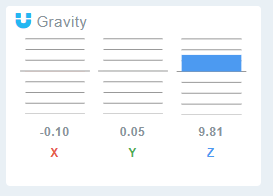Hi,
I am experimenting with the Thingy52, how do I transmit data from it to the cloud platform of my choice?
- In the menu options, I see cloud, what is it for?
- What is a Cloud Token, and from where will this value be populated?
I want to build an end to end solution using Thingy52 at the end sensor, finding ways to get the real time data out of it, please assist me here.
What am I missing here?
I plan to use Pi as a Gateway, but wanted to explore the option of not configuring a gateway, or if there is way to transmit real time data directly.



